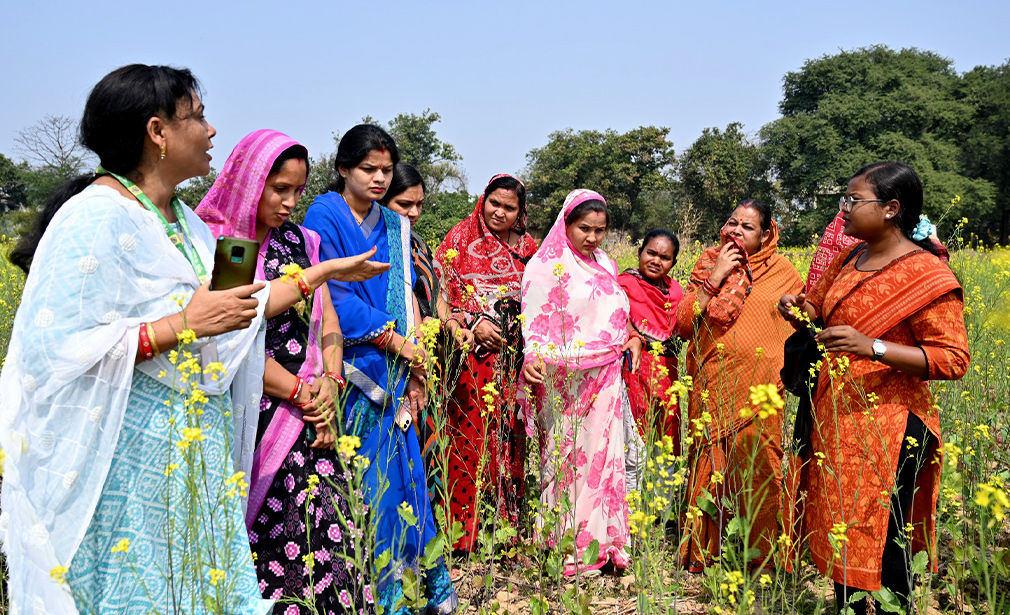Socioeconomics and Gender and two intertwined verticals, which can be considered to share a symbiotic relationship in today’s world. In developing countries, women participation rate in agriculture sector contributes majorlyto raise the per capita income and foster economic growth.Helping women fully participate in the economy is not only growth-promoting, but it also diversifies the economies, reduces income inequality, mitigates demographic shifts, and contributes to financial sector stability. Ensuring gender parity by closing the gender gaps matters for development and policymaking can enhance economic productivity, improve development outcomes for the next generation, and make institutions and policies more representative.
Worldwide, compared to men, women perform a substantial portion of agricultural labor yet own fewer assets, such as land and livestock, and have less access to training, insurance, and key agricultural inputs, such as seeds, fertilizer, labor, and finance.
These inequalities lead women farmers to produce less crop and earn less income than their male counterparts. Investments to address these gender gaps could increase yields on women-run farms and raise total agricultural output in developing countries by up to 4%, reducing global hunger and poverty and increasing overall economic growth. Investments in this strategy can:
Worldwide, compared to men, women perform a substantial portion of agricultural labor yet own fewer assets, such as land and livestock, and have less access to training, insurance, and key agricultural inputs, such as seeds, fertilizer, labor, and finance.
These inequalities lead women farmers to produce less crop and earn less income than their male counterparts. Investments to address these gender gaps could increase yields on women-run farms and raise total agricultural output in developing countries by up to 4%, reducing global hunger and poverty and increasing overall economic growth. Investments in this strategy can:
- Ensure women have adequate financing for agricultural production.
- Enable women to access technologies to increase agricultural efficiency and productivity.
- Increase yields of female farmers, reducing global hunger
- Raise income levels for female farmers and women-run farms, contributing to economic growth and alleviating poverty.
Initiatives targeted towards gender mainstreaming in agriculture are of critical importance in today’s world. Empowering women farmers through skill development and capacity building schemes, as well as inception of parallel research projects on introduction of new interventions in streamlining women engagement in farming sector, technology testing and refinement, gender sensitive extension approaches, and reduction etc. are much needed for enhancing the participation of women in agriculture.


